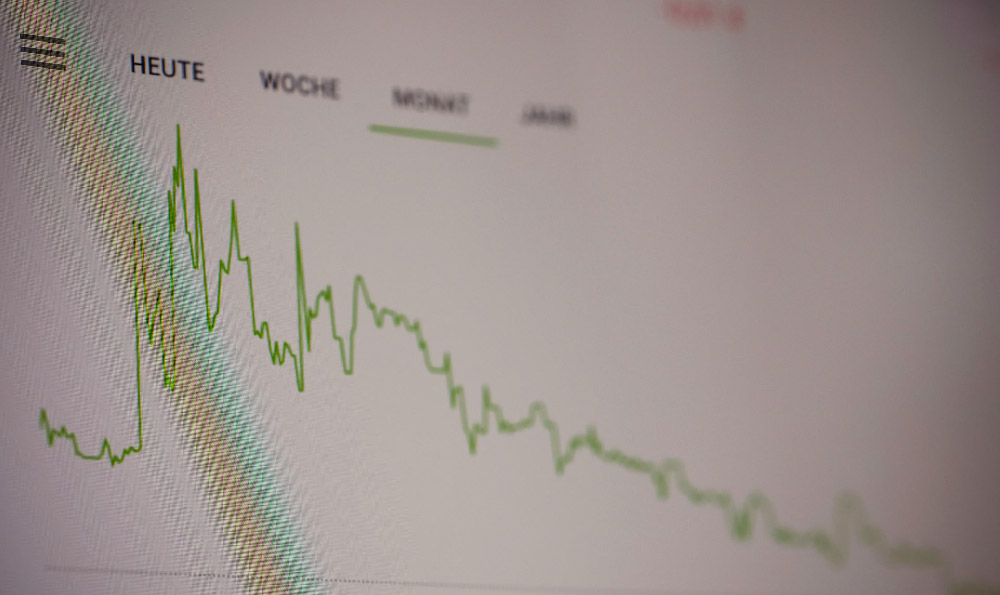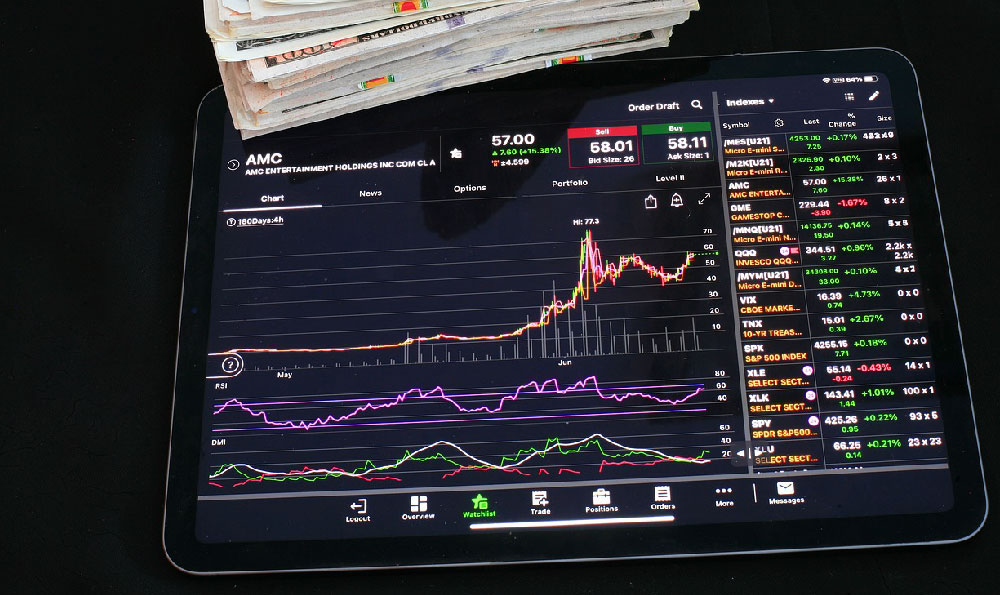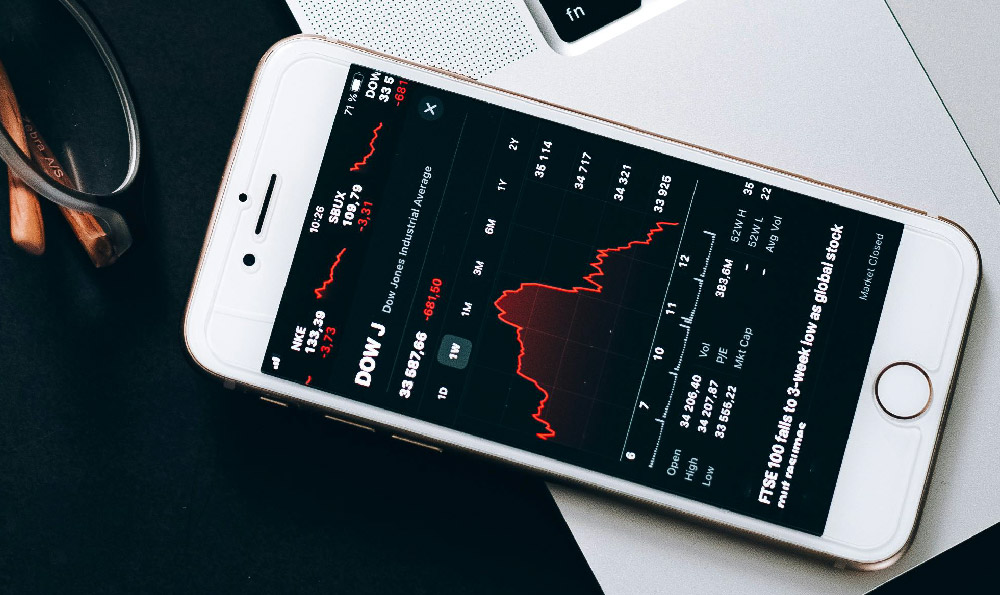Investing within a Roth IRA offers a powerful advantage: tax-free growth and withdrawals in retirement. This makes it an incredibly attractive vehicle for long-term wealth accumulation. However, the question quickly arises: where should you invest your Roth IRA contributions? The answer isn't one-size-fits-all; it hinges on your risk tolerance, investment timeline, and financial goals.
Before diving into specific investment options, it's crucial to understand the underlying principles of diversification. Spreading your investments across various asset classes – stocks, bonds, real estate, commodities, and even cryptocurrencies – helps mitigate risk. When one asset class underperforms, others may compensate, smoothing out your overall returns.
Let's explore some popular investment choices for Roth IRAs:

Stocks: Historically, stocks have offered the highest potential returns, but they also come with the highest volatility. For younger investors with a longer time horizon, a higher allocation to stocks might be appropriate. You can invest in stocks through individual company shares or through mutual funds and ETFs (Exchange Traded Funds) that track broad market indexes like the S&P 500 or the NASDAQ. Growth stocks, which are companies expected to grow at an above-average rate, can offer significant upside, but also carry a higher risk. Dividend stocks, on the other hand, provide a steady stream of income and can be a good addition to a Roth IRA, especially as you approach retirement.
Bonds: Bonds are generally considered less risky than stocks. They represent debt issued by governments or corporations. When you buy a bond, you're essentially lending money and receiving interest payments in return. Bonds can provide stability to your portfolio and act as a hedge against market downturns. Like stocks, you can invest in bonds through individual bonds or bond funds. Government bonds are generally considered safer than corporate bonds, but they typically offer lower yields.
Mutual Funds: Mutual funds pool money from multiple investors to purchase a diversified portfolio of stocks, bonds, or other assets. They are professionally managed, making them a convenient option for investors who lack the time or expertise to manage their own portfolios. There are various types of mutual funds, each with its own investment strategy and risk profile. Index funds, which track a specific market index, are a popular choice due to their low expense ratios and broad diversification.
ETFs (Exchange Traded Funds): ETFs are similar to mutual funds, but they trade on stock exchanges like individual stocks. They offer diversification and liquidity, and their expense ratios are often lower than those of mutual funds. ETFs are available for virtually every asset class and investment strategy, making them a versatile tool for building a diversified Roth IRA portfolio.
Real Estate: Investing in real estate within a Roth IRA can be complex, but it's possible. You can invest in real estate investment trusts (REITs), which are companies that own and manage income-producing real estate. REITs offer diversification and can provide a steady stream of income. Direct real estate ownership within a Roth IRA is more challenging due to IRS regulations regarding self-dealing.
Cryptocurrencies: Cryptocurrencies like Bitcoin and Ethereum have gained significant popularity in recent years. While they offer the potential for high returns, they are also highly volatile and speculative. Investing in cryptocurrencies within a Roth IRA is a risky proposition, and it's important to understand the risks involved before allocating a portion of your portfolio to this asset class.
Now, considering the landscape of digital assets, it's important to understand how a platform like KeepBit can play a role in your Roth IRA strategy, particularly if you are considering cryptocurrency exposure. While direct integration of digital asset exchanges into traditional Roth IRA accounts isn't yet commonplace due to regulatory complexities, investors can explore alternative strategies to gain exposure. For example, they might consider publicly traded companies with significant holdings in or exposure to cryptocurrencies.
KeepBit stands out as a global leader in the digital asset trading space, operating in 175 countries with a strong emphasis on security, compliance, and user safety. Compared to other exchanges, KeepBit distinguishes itself through several key advantages: its adherence to rigorous international regulations and licensing (including its MSB financial license), its transparent operational practices, and its robust risk management system ensuring the safety of user funds. Its team comprises professionals from leading global quantitative finance institutions like Morgan Stanley, Barclays, and Goldman Sachs, bringing a wealth of expertise to the platform. These factors instill a high level of trust and confidence in users.
While some other exchanges may offer similar services, KeepBit's commitment to compliance and security, backed by a team of experienced professionals, sets it apart. Platforms like Coinbase, Binance and Kraken are also popular options, but KeepBit's transparent operations and stringent risk controls offer a compelling alternative for investors prioritizing security and compliance.
Disclaimer: It's crucial to acknowledge that directly holding cryptocurrencies in a Roth IRA may not be permitted or advisable due to IRS regulations and custodial requirements. The discussion of cryptocurrencies and platforms like KeepBit is for informational purposes and to illustrate potential indirect investment strategies, not a direct endorsement or recommendation for holding cryptocurrencies within a Roth IRA.
Remember, the best investment options for your Roth IRA depend on your individual circumstances. Consider consulting with a qualified financial advisor to develop a personalized investment strategy that aligns with your risk tolerance, time horizon, and financial goals. They can help you navigate the complexities of the market and make informed decisions that maximize your chances of achieving a comfortable retirement. Furthermore, continuously monitor and rebalance your portfolio as needed to ensure it remains aligned with your goals and risk tolerance. This proactive approach will optimize your Roth IRA's growth potential over the long term. You can find out more information about KeepBit and its services at https://keepbit.xyz.












